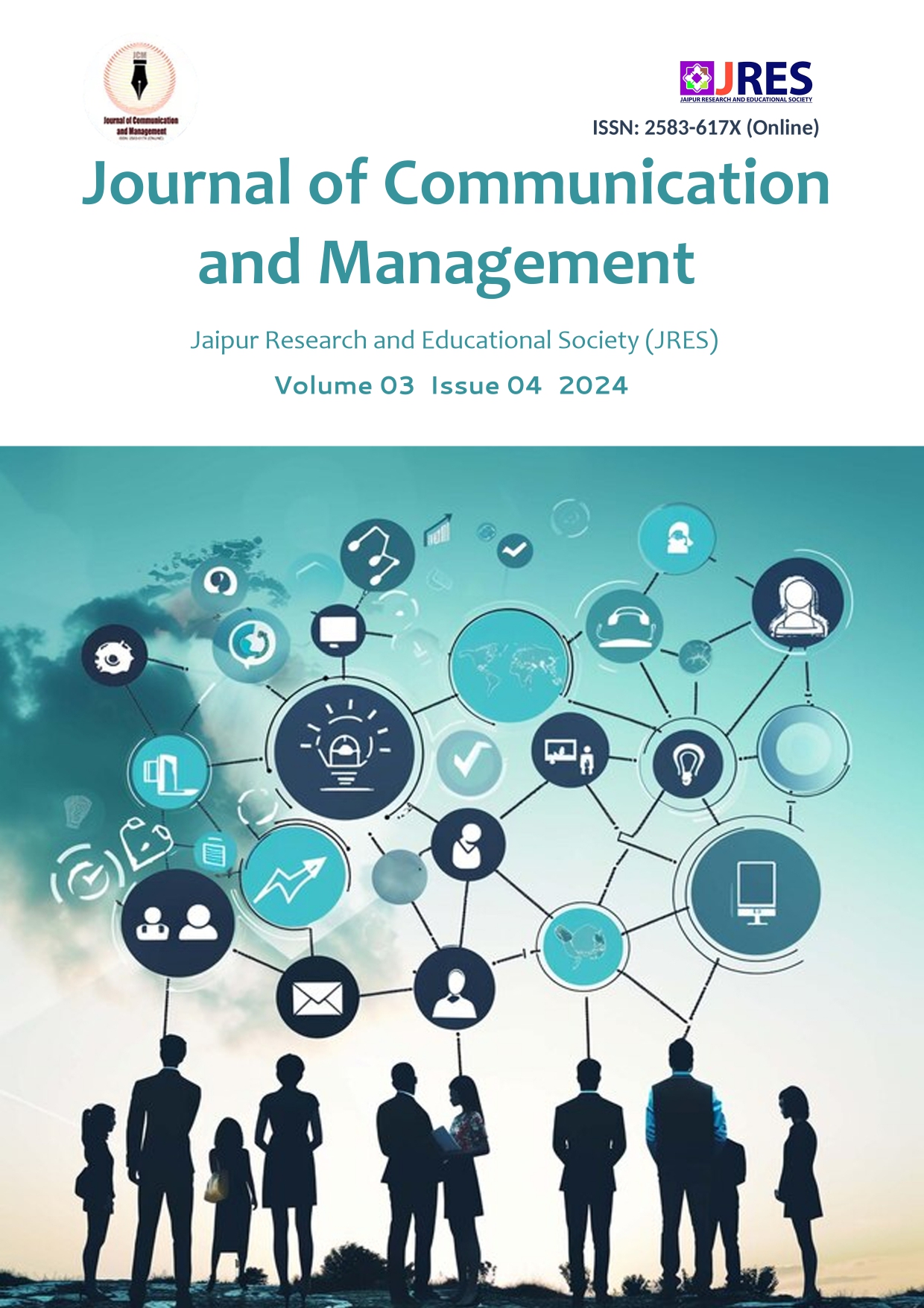Class, Human Rights, and Journalism: A Comparative Study of Delhi’s Institutes
DOI:
https://doi.org/10.58966/JCM2024348Abstract
“A social class is a category or group of persons having a definite status in society which permanently determines their relation to other group – feeling of superiority & inferiority. The relative position of the class in the social scale arises from the degree of prestige attached to the status.”
P. Gisbert
According to some other definitions of class; given by Max Weber, Karl Marx, Hebbal etc., it is obvious that one of the indicators of class is the socio-economic status of the people associated with it. This socio-economic division is also visible among the government journalism institutes and private journalism institutes. Also, education as a fundamental human right is enshrined in the Universal Declaration of Human Rights (1948) and many other international human rights instruments (What You Need to Know about the Right to Education | UNESCO, 2023.). A simple Google search can tell us the sizeable difference in the fees of journalism courses between government and private institutions; former in multiples of thousand and latter in lakhs. Thus, the lower- and middle-class students prefer government institutions over private institutions, as private institutes charge hefty fees. So, the students who take admission in private journalism institutions can be considered a class apart from those who are studying in government institutions. Since journalism is an exposure demanding field paired with the attributes like confidence, leadership and good oratory skills, class plays a major role here. It impacts the potential and capabilities of the students in the way of success. The students belonging to higher class are more confident, outspoken and well exposed, while those of the middle class or lower class are lacking on these fronts which hampers their prospect to become a renowned journalist.
In this light, the study tries to quantify the class divide empirically in rationally selected private and government journalism institutes of Delhi by using questionnaire survey. The survey would be followed by focus group discussions at various selected institutes for in-depth investigation of the topic.





